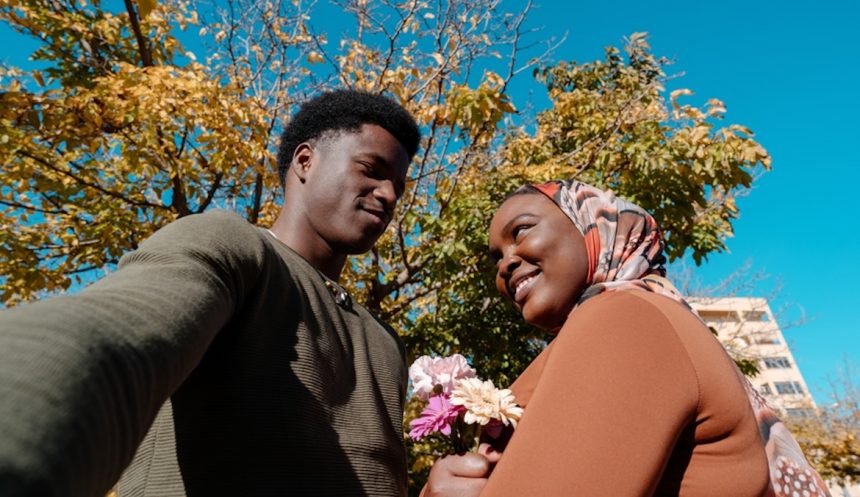From an evolutionary perspective, the concept of cuffing season, where individuals seek a partner to weather the cold months with, can be traced back to our ancestors needing to share resources and cope with harsh environmental conditions. Even in modern times, the winter months present unique challenges that make being in a relationship more appealing, such as limited outdoor activities and decreased exposure to sunlight. Research psychologist Sarah E. Hill emphasizes the instinctual drive to seek closeness with others during challenging times.
The traditional idea of cuffing season, with its emphasis on temporary flings, is evolving as people prioritize deeper connections and long-lasting relationships. In a changing dating landscape shaped by societal trends and a growing awareness of loneliness, more daters are seeking meaningful connections beyond seasonal romances. According to experts from popular dating apps, singles are moving away from the old narrative of cuffing someone just to avoid holiday interrogations, and instead are focusing on intentional, lasting partnerships.
Qualities like kindness, humor, and shared interests are now more sought after in cuffing season partners, reflecting a shift towards prioritizing mutual connection and emotional vulnerability. Dr. Hill warns against entering into relationships solely for the sake of cuffing season, as it can lead to unhappiness and unfulfillment. However, she notes that healthy relationships can indeed form during this time if approached with intentionality and mutual understanding.
As cuffing season approaches, it’s important to be aware of signs that someone may be looking to “cuff” you for the season, such as a sudden increase in time spent together or a rush towards defining the relationship. Ultimately, the key to a successful cuffing season relationship lies in communication, mutual respect, and aligning expectations for a fulfilling connection.





